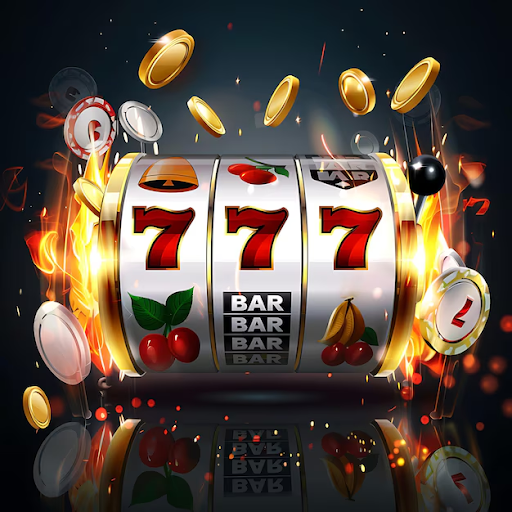Online slots have become a popular form of entertainment in the digital age, offering players a variety of themes, features, and the potential for significant rewards. One of the key concepts to grasp when playing online slots is the structure of paylines and how payouts are determined. Understanding these elements is crucial for any player looking to enhance their gaming experience and improve their chances of winning.
What Are Paylines?
Paylines are the patterns or lines on which a payout will be awarded when matching symbols appear on the reels of a slot game. Traditionally, slot machines had a single payline that ran horizontally across the middle of the reels. However, with the evolution of online slots, paylines have become more complex and varied. Modern online slot 1000 can feature multiple paylines that run horizontally, vertically, diagonally, or even in zigzag patterns.
In a standard online slot game, when you spin the reels, the symbols that land along the active paylines determine whether you win and how much you win. The number of active paylines in a game can vary from as few as one to over a thousand, depending on the game’s design. Players can often choose how many paylines they want to activate, though some slots have fixed paylines where all lines are always in play.
How Payouts Are Determined
Payouts in online slots are determined by the combination of symbols that land on active paylines. The value of these payouts depends on several factors, including the type of symbols, the number of symbols in a combination, and the player’s bet amount.
Symbol Values
Every slot game features a variety of symbols, each with its own payout value. These symbols can usually be categorized into low-value symbols, such as playing card icons (10, J, Q, K, A), and high-value symbols, which are often theme-related images like treasure chests, characters, or other unique icons. Special symbols like Wilds and Scatters often play crucial roles in enhancing payouts by either substituting for other symbols or triggering bonus rounds.
Payout Tables
Before playing an online slot game, it’s essential to review the payout table. This table provides detailed information about the game’s symbols and their respective payouts. It shows how much you can win for different combinations of symbols on active paylines. Understanding the payout table will give you a clear idea of what to expect and help you make more informed betting decisions.
The Role of RTP (Return to Player)
When discussing payouts in online slots, it’s important to consider the concept of RTP (Return to Player). RTP is a percentage that represents the average amount of money that a slot game will return to players over a long period of play. For example, a slot with an RTP of 96% will, on average, return $96 for every $100 wagered. It’s crucial to remember that RTP is calculated over millions of spins, so individual sessions can vary significantly.
Volatility and Payout Frequency
Another important factor to consider is the volatility of a slot game. Volatility refers to the level of risk involved in playing a particular slot. High volatility slots tend to offer larger payouts but with less frequency, while low volatility slots offer smaller, more frequent payouts. The choice between high and low-volatility slots depends on your playing style and bankroll. If you’re looking for big wins and are willing to take more risks, high-volatility slots might be your preference. Conversely, if you prefer steady, smaller wins, low-volatility slots could be more suitable.
Conclusion
Understanding paylines and payouts in online slots is crucial for any player looking to make the most of their gaming experience. By familiarizing yourself with the different types of paylines, how payouts are calculated, and the role of RTP and volatility, you can make more informed decisions and enhance your chances of winning. Remember, while online slots are primarily games of chance, having a solid understanding of how they work can help you play smarter and enjoy the game to its fullest.

